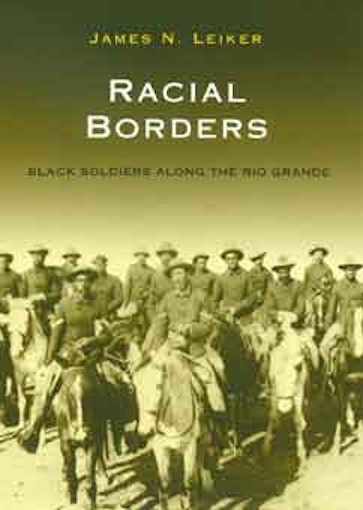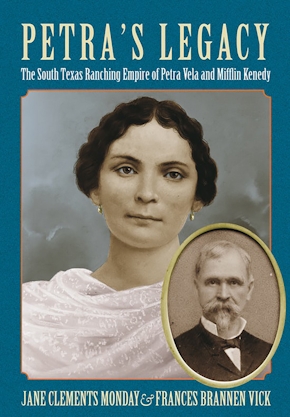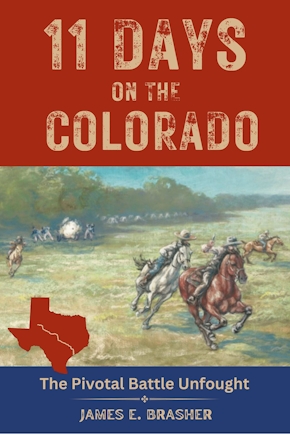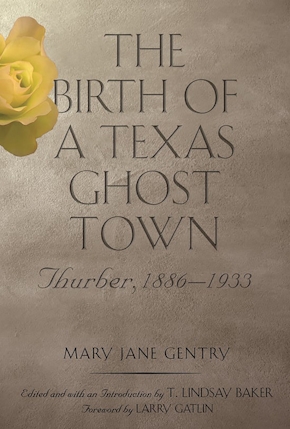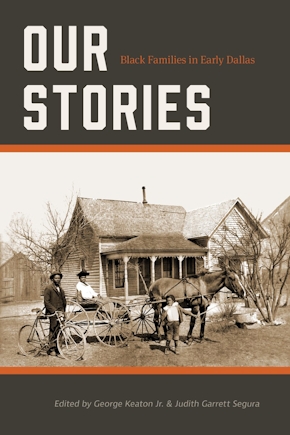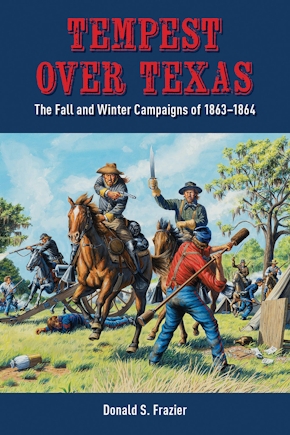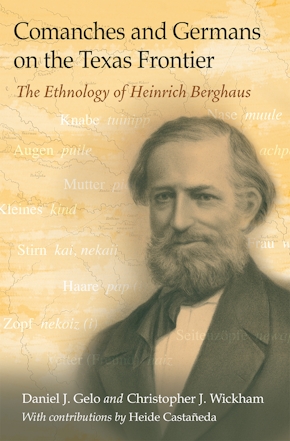Racial Borders
Black Soldiers along the Rio Grande
978-1-60344-159-9 Paperback
6.12 x 9.25 x 0 in
264 pp. 10 b&w photos., 1 map.
Pub Date: 06/11/2010
Available
Despised by the white settlers they protected, many black soldiers were sent to posts along the Texas-Mexico border— perceived to be a “safe place to put them.” The interactions there among blacks, whites, and Hispanics during the period leading up to the Punitive Expedition and World War I offer the opportunity to study the complicated, even paradoxical nature of American race relations. James N. Leiker has applied the sophisticated perspectives of new social history to the experience of the buffalo soldiers and their legacy in southern and western Texas in an effort to gain new insight about race in the West.
Racial Borders establishes the army’s fundamental role in transforming the Rio Grande from a “frontier” into a “border” and shows how that transformation itself brought a tightening of racial and national categories. But more importantly, it warns about the dangers of simplifying history into groupings of “white and non-white,” “oppressors and oppressed.”
Leiker draws on Mexican and U.S. military records and Texas state and black national newspapers to do more than provide an account of the shifting loyalties of race and nationalism along the Rio Grande over a fifty-year span; he reminds scholars and reformers about the tangled history of race relations in America.
Perspectives on South Texas, sponsored by Texas A&M University-Kingsville
About the Author
Reviews
Published by Texas A&M University Press
